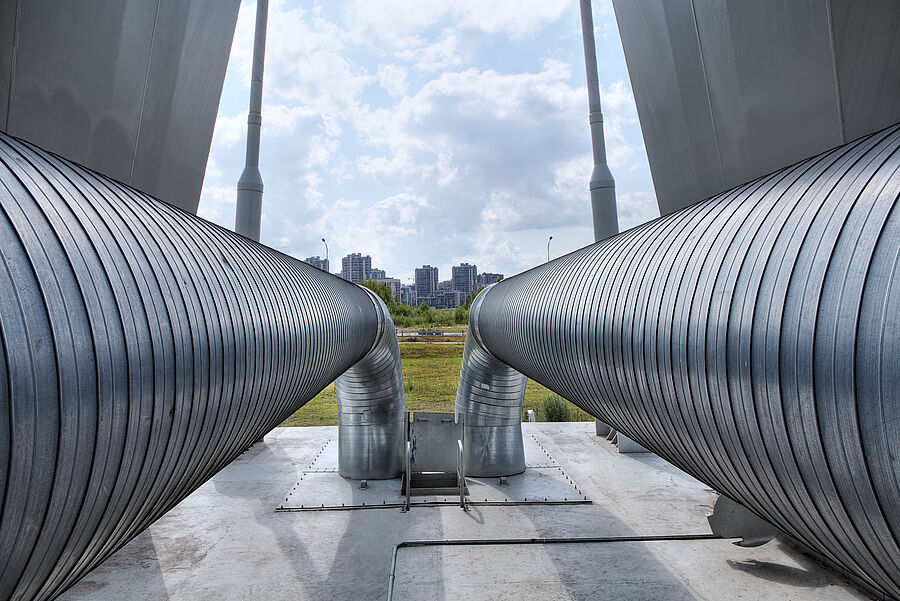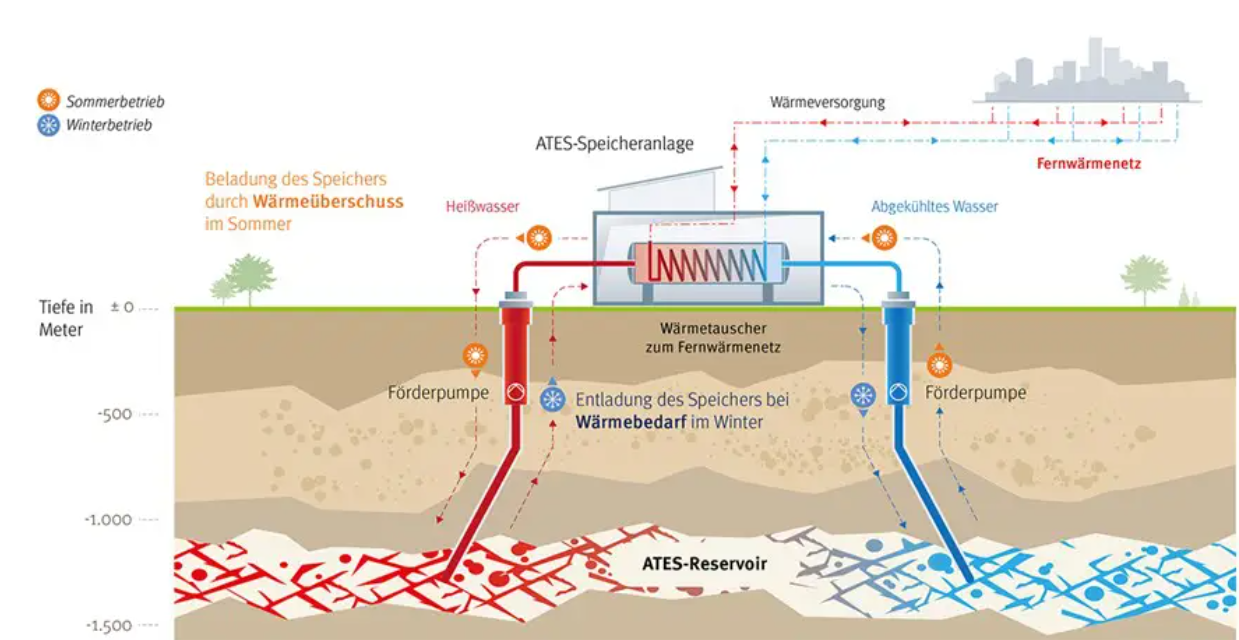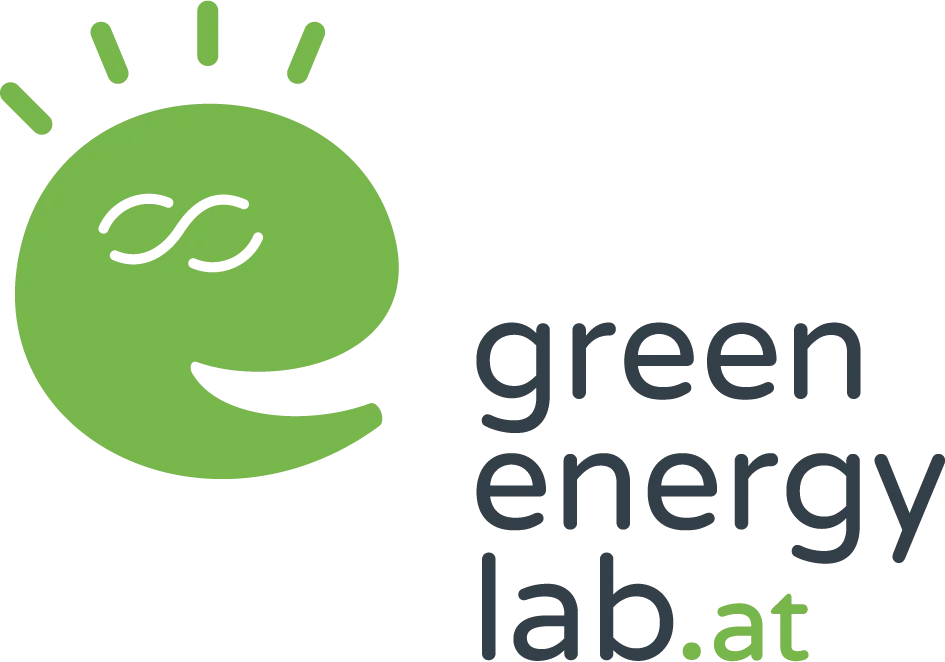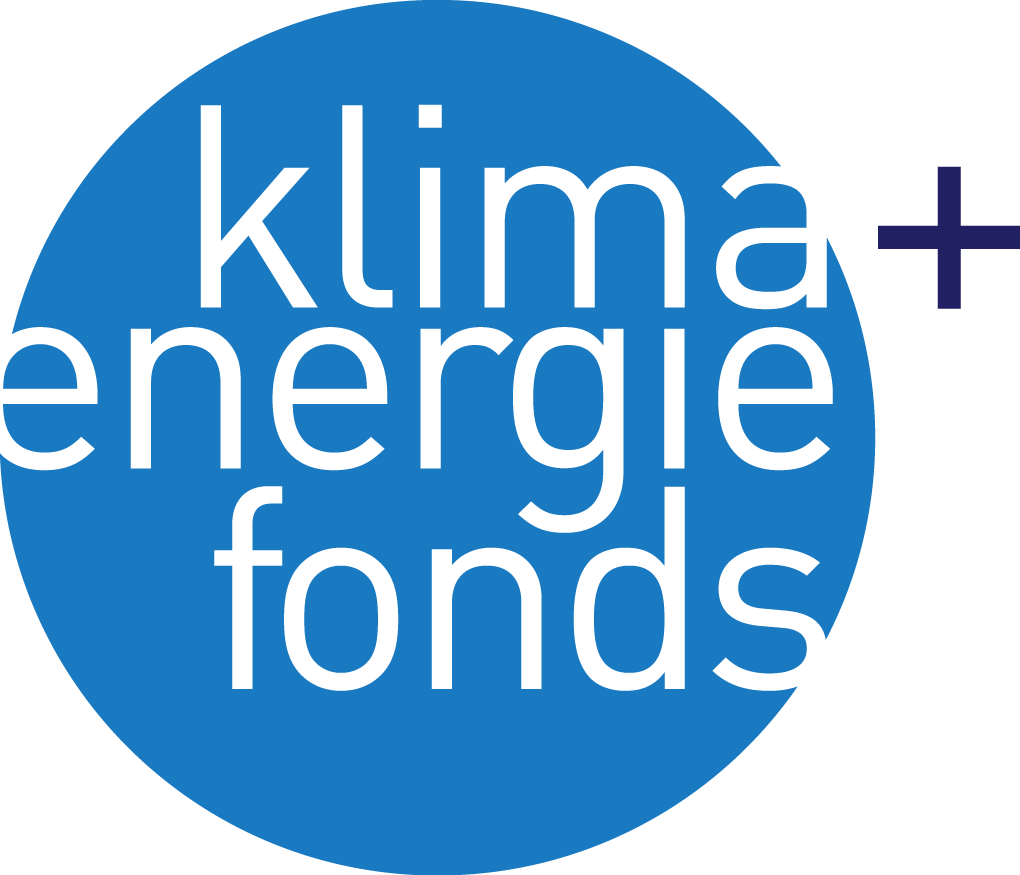Chemical-mineralogical analysis of heat storage at depths of 800-2,000 m
© Wien Energie
Context
The heating and cooling sector is responsible for half of the non-renewable share of energy consumption in Austria. District heating networks can play a key role in decarbonizing the heating sector, specifically if (1) they include integrating locally available alternative energy resources – such as waste heat from industry and commerce, wastewater, geothermal energy and solar thermal energy – and (2) while ensuring efficient operation.
Seasonal storage provides a time buffer between the short-term supply of alternative forms of energy and the short-term demand for heating and cooling. In that sense, integrating seasonal storage would allow to fully decarbonize district heating systems. From a technological point of view, large-volume underground storage tanks are the best option for such seasonal storage. One such large-volume underground storage solution is Aquifer Thermal Energy Storage (ATES) Vienna.
In Austria and many EU countries, where cities already have district heating networks, ATES technology is neither technologically nor commercially established. However, the greatest advantage and opportunity of this technology is its extremely small surface area requirement and therefore its suitability for urban centers, where space is a constraint.
Objective
The project is the first to explore the potential of utilizing ATES for district heating network applications in Austria and Central Europe. The results of the project can be used to set the course for a future heat supply of urban centers based on alternative energy sources in Austria.
ATES Vienna aims to develop high-temperature (›40°C) and large capacity (›10GWh) deep underground ATES systems including integration options with the Austrian district heating sector. The project will address the identification and characterization of available aquifer resources and provide assessment tools to estimate their suitability for ATES applications.
Based on this analysis, a detailed technical concept for the first pilot ATES in the Vienna area will be developed, considering the utilization of existing hydrocarbon wells and new drilled wells. The feasibility study will be completed by a holistic socio-economic and regulatory impact analysis.
ATES Vienna will therefore support the development of a roadmap for the future implementation of ATES technologies in Austria in line with the National Energy and Climate Plan (NECP) 2021-2030.
AIT’s research role
AIT implemented chemical-mineralogical investigations with rock samples from the Vienna Basin. These provided substantial scientific contributions to the investigation and understanding of chemical-mineralogical processes in aquifers and development of mitigation strategies to avoid negative impacts (i.e. decrease in porosity) on under and above-ground facilities.
Methods
The studied system consists of two wells (production and injection) using natural formation water as heat carrier fluid. The storage temperature level is between 60°C and 120°C. The overall storage sizes may vary from less than 1 GWh to more than 50 GWh.
Based on lessons learned from a small-scale pilot site near Matzen in Lower Austria, the project adapted the concept to take into account possible resource bottlenecks for the greater area of Vienna.
Chemical-mineralogical process modelling was carried out with PHREEQC, as well as high-temperature and autoclave tests at Graz University of Technology.
Lab focus and findings
- Dependence of precipitation on temperature, reaction time and location.
- Relevant processes in reservoir and plant restructuring.
- Comparison and calibration of the basic model with lab results.
- Critical phases of magnesium calcite or silicon.
→ The findings provided critical understanding of the chemical and mineralogical effects necessary for the planning and design of an underground and surface plant.






